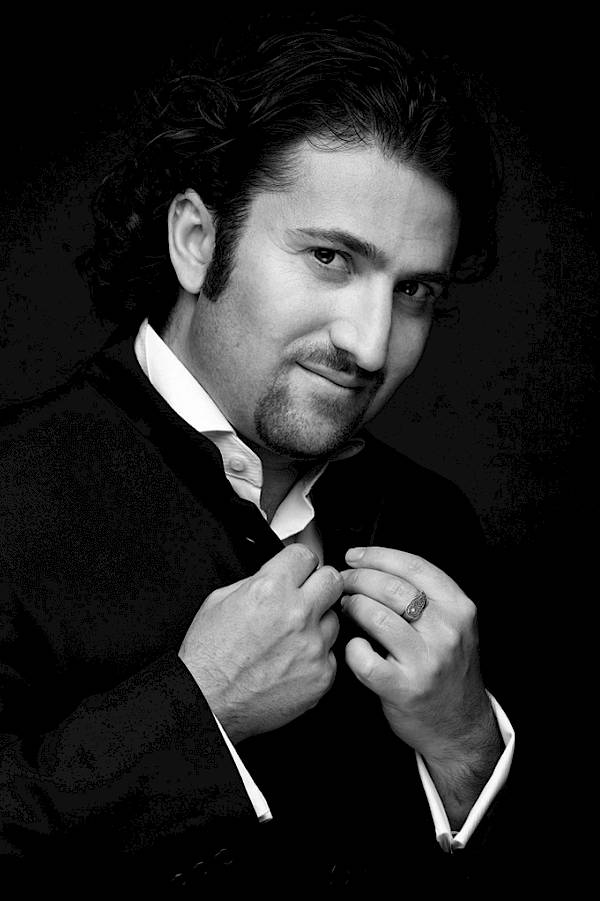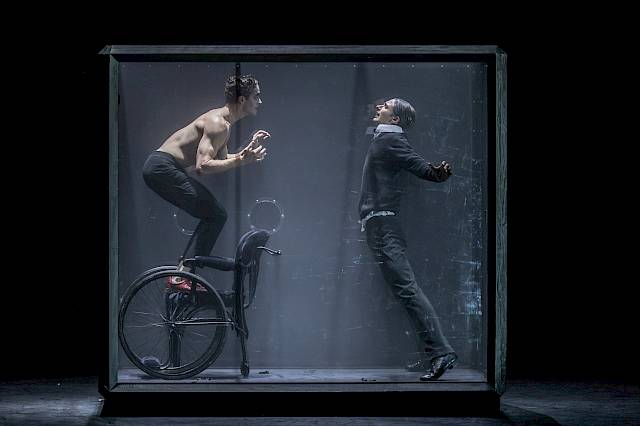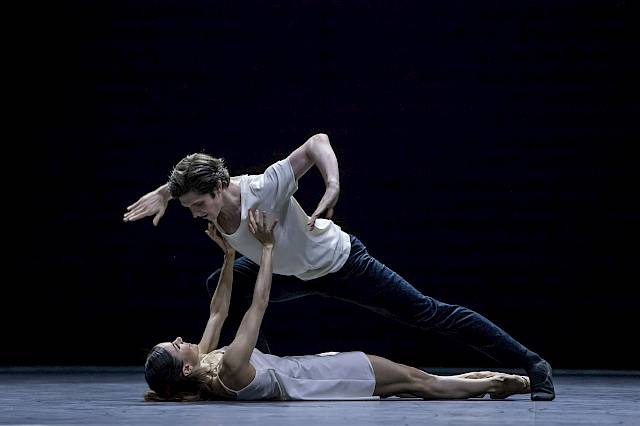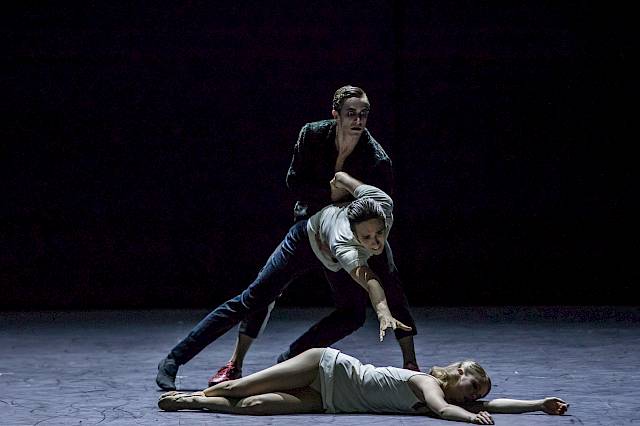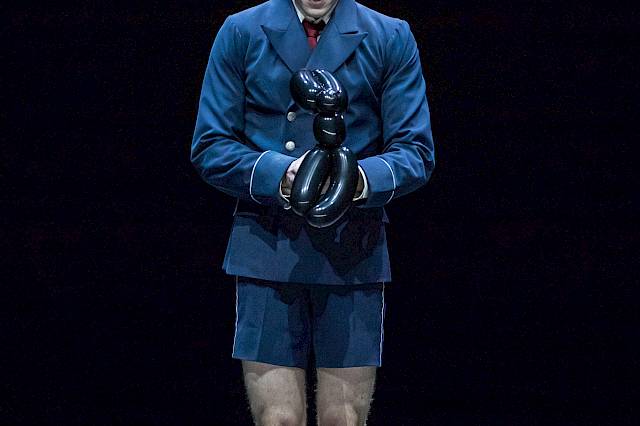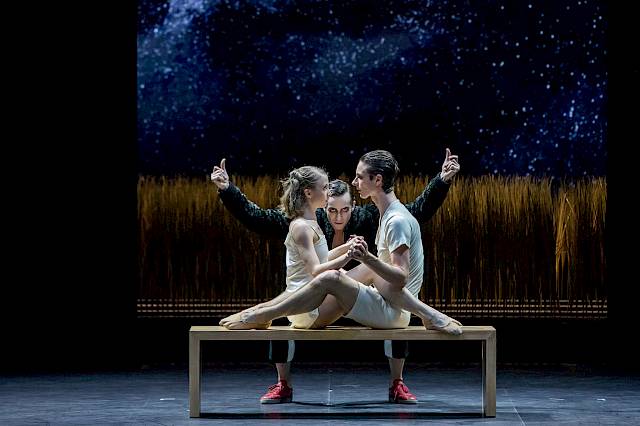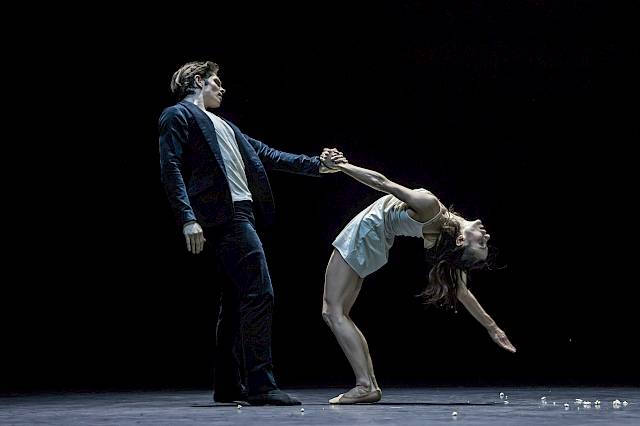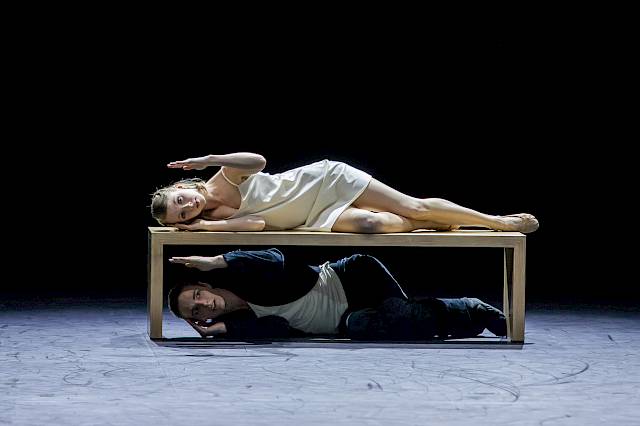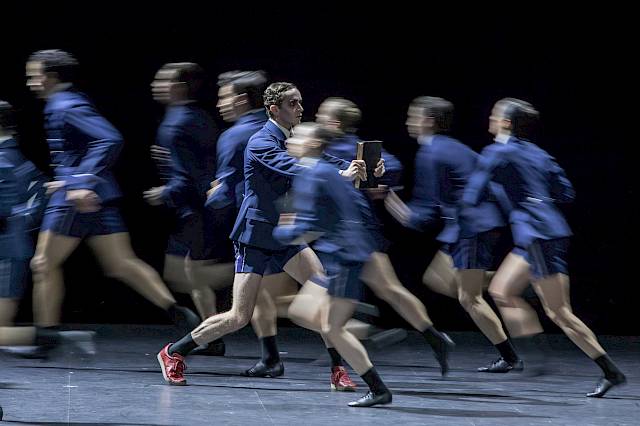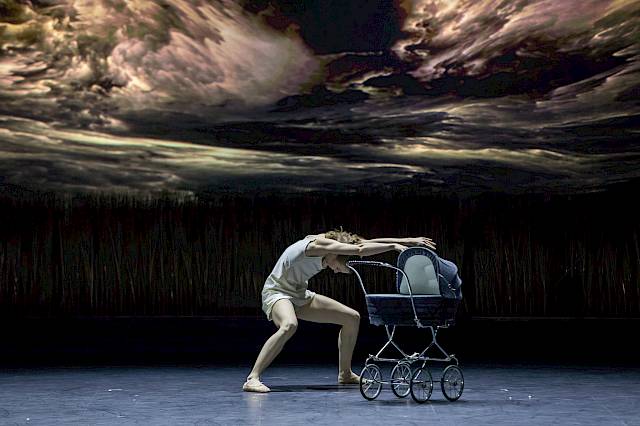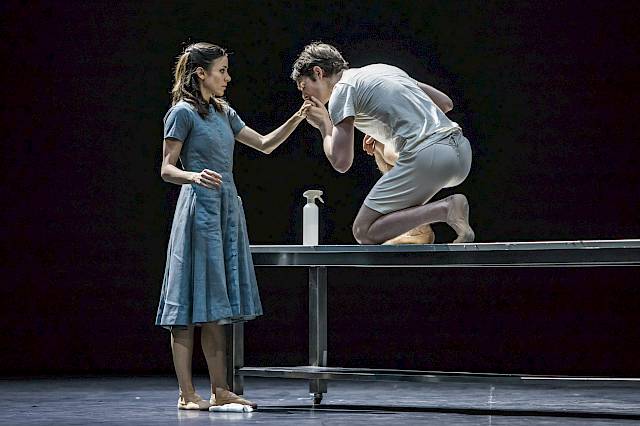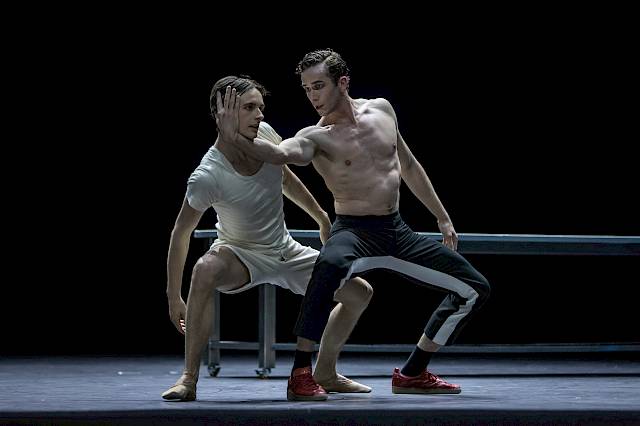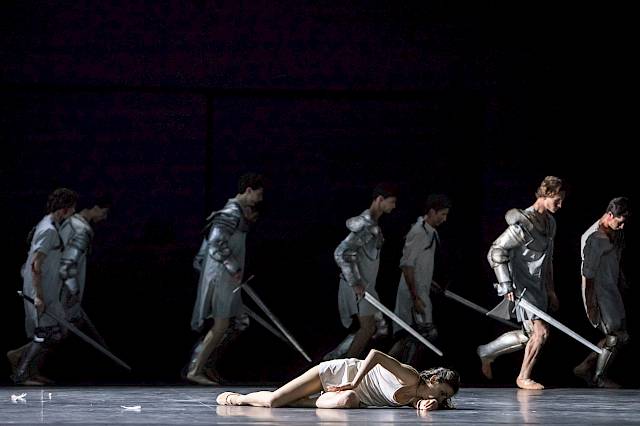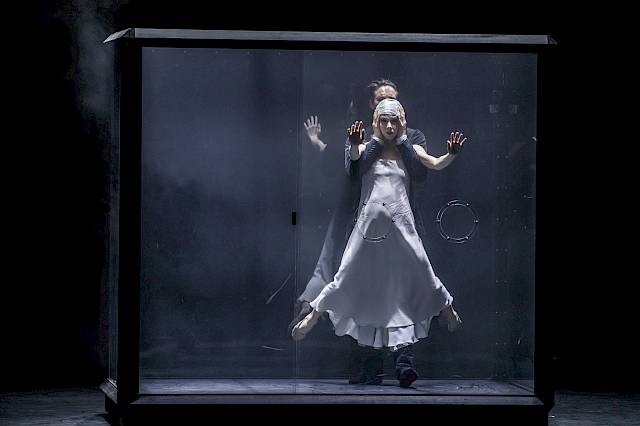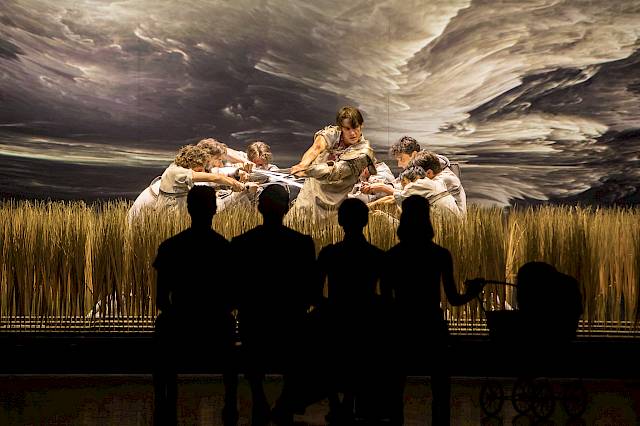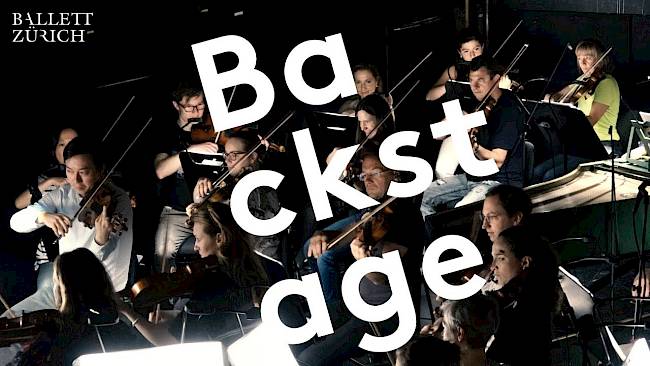Abstract
The legend of the scholar Faust, the devil Mephisto and the innocent, seduced Gretchen is one of the most influential stories in drama. Based on a book of folk tales dating from the 16th century and shaped by Johann Wolfgang von Goethe into a major work of western literature, the story of Faust has inspired countless artists to adaptations.
In 2018, the Slovenian choreographer Edward Clug staged the Faust drama for the Ballett Zürich together with the composer Milko Lazar. In the interaction between music, choreography and the literary original, their interpretation relies primarily on atmospheric images. Clug’s choreography brings the central scenes of Goethe’s work on stage, but develops a narrative style that undermines the burden of interpretation borne by this dramatic heavyweight with tongue-in-cheek irony, lightness and surprising theatrical solutions. When Faust signs the pact with the devil, for example, the scene is portrayed as a breakneck, acrobatic pas de deux in a glass chamber, and includes the wheelchair in which Faust is sitting. Clug sketches Mephisto not so much as a diabolical adversary, but rather as Faust’s split personality: the two are closely, at times even erotically connected by the choreography. As at the premiere, the young Russian conductor Mikhail Agrest will be at the rostrum of the Philharmonia Zürich.



